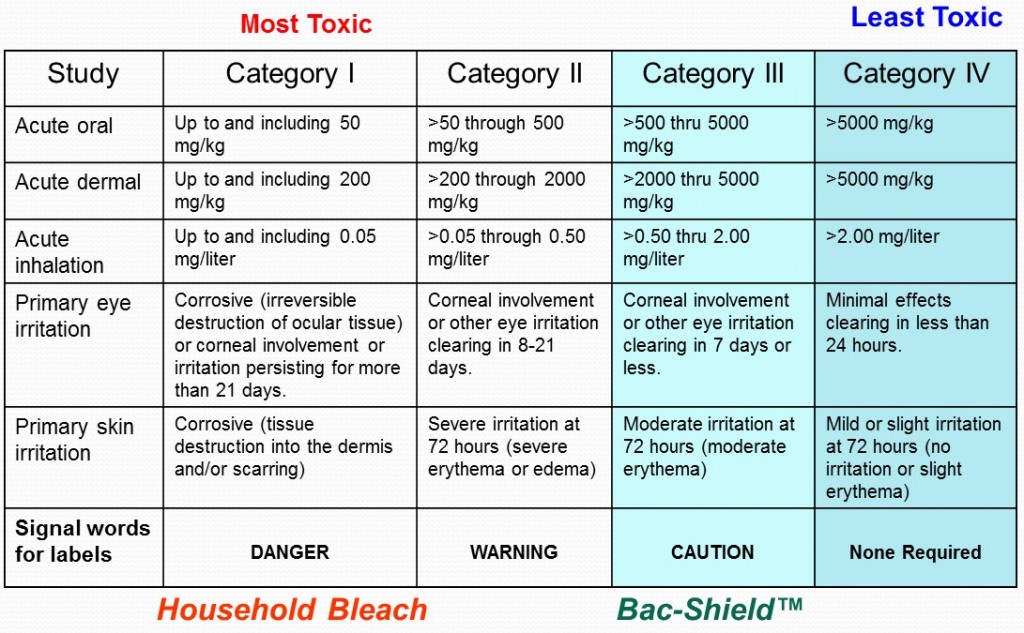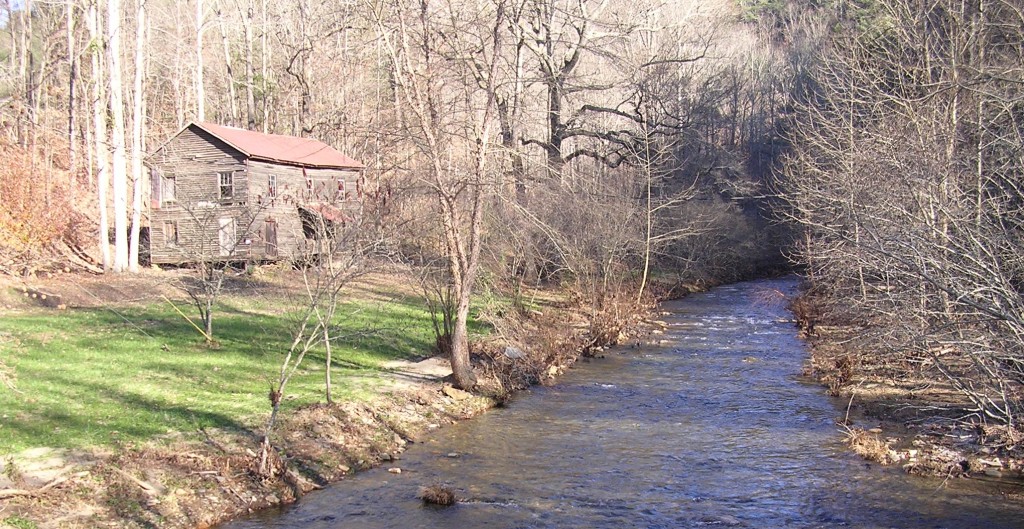HeiQ ChemTex is ready to work with you to create a Chitosan-based solution to odor control on textiles and surfaces.
Adding antimicrobial protection to your product will give consumers a compelling benefit. However, if simply including some antimicrobial additive in your process was a solution, everyone would do it.
To make antimicrobial claims about a treated article, you must use a product that is registered with the EPA for use on that specific type of article. The EPA also strictly limits the claims a producer can make about treated articles. HeIQ ChemTex can work with you to answer questions you need to ask before adding an antimicrobial to your process:
- What do I have to do to comply with EPA regulations? What claims can I make?
- Is the additive I am considering EPA-registered? What are the consequences if it is not?
- Will the additive make changes to my product chemistry?
- Will a given use be effective? Will it be durable?
Flexibility in Application
Generally Bac-Shield Concentrate can be used with systems that are cationic or non-ionic. Under certain circumstances, with the aid of a compatibilizer, Bac-Shield Concentrate can be made to work with an anionic system.
A Variety of Ways to Apply Bac-Shield Concentrate
There are a variety of ways to apply Bac-Shield:
- During extrusion process with a fiber lubricant
- Padded
- Sprayed
- Foamed
- Applied during final rinse or separately
Water hardness does not change the effectiveness of Bac-Shield.
Having treated an article with chlorine bleach or hydrogen peroxide does not change the effectiveness of Bac-Shield.
View the Bac-Shield Technical Bulletin for a brief description of the manufacturing application of Bac-Shield.
Ease of Handling
In a manufacturing environment, Bac-Shield Concentrate can be handled with the same procedures used to handle any non-hazardous chemical.
Bac-Shield contains no ammonia, butyl or heavy metals.
Bac-Shield’s shelf life has been shown to be greater than two years.
“Given the low toxicity profile, Chitin and Chitosan’s ubiquity in nature without reported toxicological incident, and the existing label requirements for personal protective equipment, occupational risks are considered negligible … The human hazard assessments and exposure assessments for Chitin and Chitosan indicate that the risks to human health are negligible to non-existent when products containing Chitin and Chitosan are used in accordance with the label.” (EPA-HQ-OPP-2007-0566-0019; Chitin Case 6063)
- Refer to Bac-Shield MSDS for specific instructions on handling Bac-Shield. The MSDS is also available in French. Bac-Shield’s active ingredient is Chitosan, a derivative of discarded snow crab shells, an abundant, renewable resource with a long history of use. Chitosan is classified as Category III on the EPA’s toxicity scale–a mild eye irritant in its concentrated liquid form. If you get some in your eyes, rinse them thoroughly with water.
- Refer to EPA-HQ-OPP-2007-0566-0019 for complete statements regarding toxicity of Chitin and Chitosan for humans and animals and the effects of both on the environment.
Compare Bac-Shield at category III to products based on ammonium chloride, which are category II.
Upstream and Downstream
Bac-Shield’s active ingredient is Chitosan, the second most abundant naturally occuring compound, after cellulose. Like most industrial Chitosan, the Chitosan in Bac-Shield is derived from the Chitin in waste crab shells–an abundant renewable resource with a long history of use.
Crab shells are collected from the crabbing industry of the North Atlantic and Alaska. Between 2,000 and 3,000 metric tons of crab shell waste is produced annually. About 1% of this is used to produce Chitosan. Shells are sent to Asia in shipping containers that might otherwise have had to return to Asia empty.
Raw shells are processed to remove calcium and protein. The principal by-products of this process are animal feed, fertilizer and “salt water”. The end product, Chitosan, is biodegradable.
View Bac-Shield for Chemists for a detailed explanation of how Chitosan is produced and how it works.
Unlike the chemistry of some other antimicrobials, Bac-Shield’s Chitosan-based chemistry poses negligible downstream issues. The effects of Chitin and Chitosan have been reviewed by the US Environmental Protection Agency. Refer to the public document EPA-HQ-OPP-2007-0566-0019 for complete statements.
“The human hazard assessments and exposure assessments for Chitin and Chitosan indicate that the risks to human health are negligible to non-existent when products containing Chitin and Chitosan are used in accordance with the label … [They are] naturally occurring and ubiquitous in the environment; and there is no history of hazard related to exposure…
Chitin is biodegradable and is not known to accumulate in water, except in relation to algal growth. In the unlikely event of exposure, no hazards are expected. Chitin is already used in medicines and the purification of water without reported incident. Furthermore Chitin is present in insects and many edible plants; and it is incidentally consumed on a regular basis. Given low application rates, low toxicity and a lack of toxic endpoints, the risks associated with drinking water are negligible...
To help address potential environmental justice issues, the Agency sought information on any groups or segments of the population who, as a result of their location, cultural practices, or other factors, may have atypical, unusually high exposure to registered pesticides containing Chitin or Chitosan, compared to the general population. No environmental justice issues were identified for Chitin and Chitosan…
Chitin and its closely related derivative, Chitosan, are not expected to cause any adverse effects on any non target organisms, including threatened and endangered species. A No Effects (NE) determination was made for both Chitin and Chitosan in an April 7, 2008 Endangered Species Act Assessment … Based on the existing data, the Agency has determined that there will be NO EFFECTS (NE) of Chitin and Chitosan on threatened or endangered terrestrial or aquatic species listed by the US Fish and Wildlife Service (USFWS) when products containing Chitin or Chitosan are used in accordance with approved labeling.” (EPA-HQ-OPP-2007-0566-0019; Chitin Case 6063)
Laboratory Tests of Bac-Shield’s Effectiveness
- AATCC Test Method 174-1998 Antimicrobial Activity Assessment of Carpets. Part 1 and Part 2. These tests were run under laboratory conditions against a gram-negative organism and a gram-positive organism. Results during use may be different due to surface and environmental properties.
Keeping Your Goods Street Legal
The US Environmental Protection Agency has strict rules regarding claims that can be made for antimicrobials.
No matter where your goods are made, if you use an antimicrobial to make a claim of odor control, that antimicrobial must be registered with the EPA before you can sell treated articles in the United States.
Bac-Shield is a Chitosan antimicrobial that is EPA registered for use for odor control on textiles and surfaces. Bac-Shield is registered under the Treated Articles Exemption, which applies to products whose sole purpose is to protect treated articles or substances against contamination as opposed to products that are designed to protect humans directly. Bac-Shield is also registered in all states.
If you use Chitosan as an antimicrobial to control odors on textiles and surfaces,
it must be EPA number 81446-1.
“To qualify under the “treated articles exemption” (assuming the article or substance otherwise qualifies), it is not sufficient that the antimicrobial pesticidal substance in the treated article merely resemble or have activity like a registered pesticide.” – Pesticide Registration (PR) Notice 2000-1
Contact HeiQ ChemTex for guidance regarding the claims you can legally make about articles treated with Bac-Shield.
A Stable Partner
 HeiQ ChemTex was established in 1974 as Chem-Tex Chemical Corporation and has been under its current ownership since 1983. We develop and manufacture specialty chemicals for the carpet, textiles, paper, coated fabrics, oil field recovery and specialty surfactants industries.
HeiQ ChemTex was established in 1974 as Chem-Tex Chemical Corporation and has been under its current ownership since 1983. We develop and manufacture specialty chemicals for the carpet, textiles, paper, coated fabrics, oil field recovery and specialty surfactants industries.



